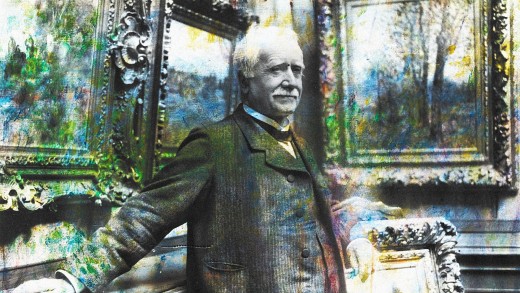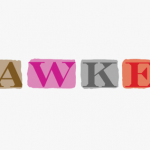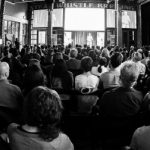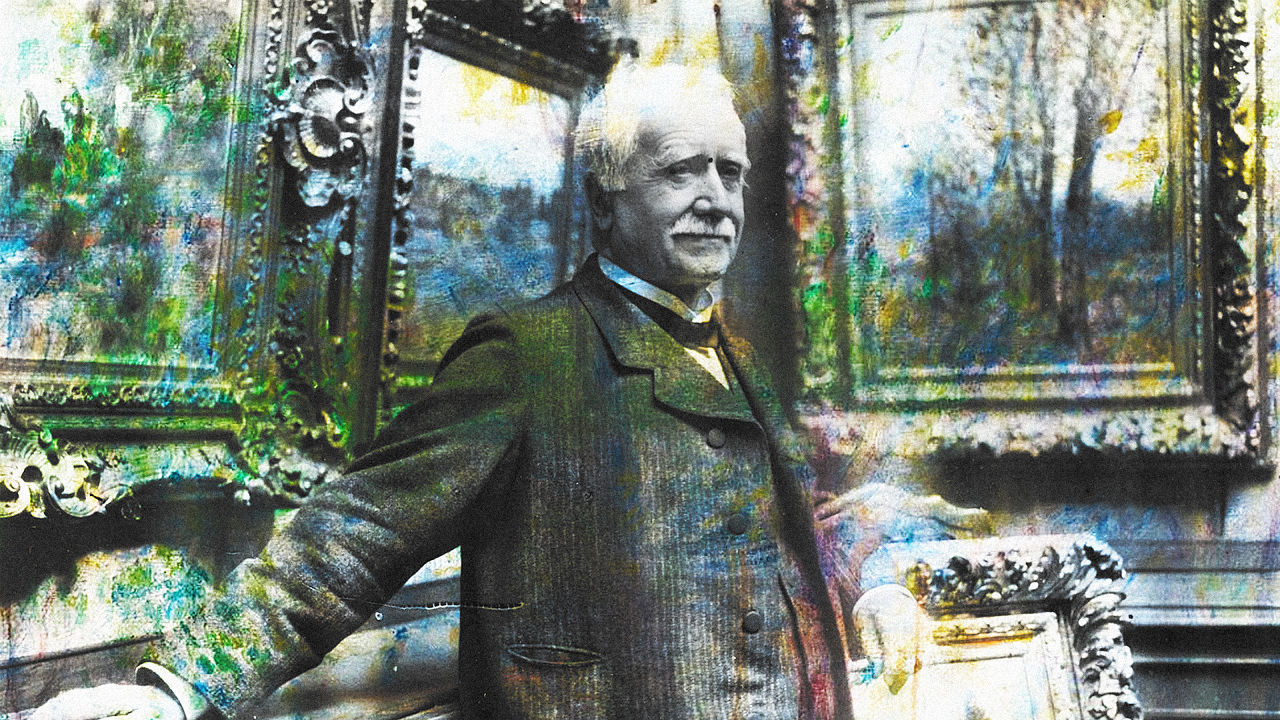What Startups Can analyze From The artwork Market
As legendary art seller Durand-Ruel showed, generating volatility can foster creativity.
June 30, 2015
despite the fact that the denizens of artwork Basel and the members in Y Combinator may protest, the method of making artwork today is essentially identical to the method of creating startups. each the gallery and the incubator are singular spaces specifically designed to do the identical factor: maximize volatility and promote creativity inside a network of makers, gatekeepers, buyers, marketers and, indirectly shoppers.
Guiding the players at the center is the Curator-buyer—the artwork supplier or the angel investor/undertaking capitalist. Dressed within the ceremonial garb of the depended on good friend or the realizing insider, the Curator-patron has non-public ties to all the gamers inside the community and is basically responsible for “shaking” the network to boost the rate, frequency, and magnitude of the volatility inside its house. through amping up the volatility, the Curator-purchaser for my part “makes” the market.
within the art world, this phenomenon isn’t new, as Inventing Impressionism, an attractive latest exhibit within the national Gallery in London explained. The exhibit focuses on Paul Durand-Ruel, who within the late nineteenth and early twentieth centuries invented the role and follow of the up to date art dealer.
Durand-Ruel’s emergence begins with a rejection. In 1863 the Paris Salon, backed by using the French government and the Academy of high-quality Arts (the dependent authority and the outdated money) spurned a new college of portray often called Impressionism. The Impressionist painters—Degas, Monet, Manet, Cezanne, Pissario, Renoir, Sisley, and others—arrange their own Salon, the Salon de Refusés, which drew ridicule from the general public, the click, and the artwork institution. Few, if any, paintings were offered.

Enter Durand-Ruel. His father was once a longtime artwork seller in Paris, and when Durand-Ruel took over the business, his curatorial recognition was important. He made that popularity by supporting the immensely common and successful 1830 college of painters in France. Durand-Ruel was the primary—and only—artwork supplier so as to add his reputational and financial worth to the brand new Impressionists. nevertheless it took two decades for him and the painters to prevail and required overcoming opposition from the general public, professional creative circles, and centered collectors.
As a private art vendor, Durand-Ruel stood in place of the Paris Salon, turning into a curator of the brand new college of art. He no longer simplest took dangers—he was once called “an unrepentant risk-taker” and a “speculator” in his time, going via two bankruptcies—but he also performed the function of patron himself, setting up the first non-public, international network of collectors to further leverage the buying and promoting of artwork.
He tapped into the new money of the rising industrialists, financiers, and merchants to switch the state-backed museums, spiritual institutions, and aristocratic families as artwork buyers. He did this with the aid of going international, staging presentations, and putting in galleries in another country the big apple, Philadelphia, Boston, Chicago, London, Berlin, Moscow, and St. Petersburg. Durand-Ruel made a new up to date market and delivered contemporary volatility to the artwork house.
He introduced finance for the primary time into art by means of individually borrowing massive sums from banks and partnering with buyers to purchase a whole bunch of artwork from painters, cornering the market. Durand-Ruel, throughout his lifetime, sold 1,500 Renoirs, 1,000 Monets, and 400 Degas.
He was once the primary art vendor to make use of modern advertising and branding methods to raise the value of his artwork and their painters. He staged the first solo exhibit and revealed the primary monograph on a single Impressionist artist to market a painter’s work. Durand-Ruel, then “vibrated” this community of new collectors and buyers by selling and shopping for, with the aid of making a market.
in my opinion controlling many paintings, he “proficient” a collector with a Manet or Sisley at a price, then had that collector supply it at the next price to another collector he selected. Durand-Ruel used to be on the epicenter of this community, in my opinion working because the relied on agent to each and every and all collectors, moving the value of the paintings higher and higher, faster and sooner. At auctions, he would bid art work better to construct further value into the work or prevent prices from falling, supporting existing value.
within this vortex, the Impressionist painters found demand for their creations and worth for his or her work. Durand-Ruel provided buffers to the volatility of the market he himself created by shopping for entire collections from person artists, providing enough money to work for a yr or more. He loaned money, paid for flats, commissioned future work, paid for his or her travels to america and in different places to promote their work—protecting them whereas they moved inside the artwork market of his own making.
The artwork market, just like the VC and IPO markets, is opaque and secretive, defined more by way of private ties than clear market pressures. Durand-Ruel managed his volatility in person and in secret. whereas collectors offered commissions in my view to Impressionist painters, the vast bulk of their work handed first to Durand-Ruel, and then to collectors. He managed the speed of their sales, the magnitude of their price changes, and the speed of their change among collectors. A series of articles in quick company on the Silicon Valley incubator Y Combinator highlights a parallel course of at work in the world of startups.
What lessons can start-u.s.a.learn from Durand-Ruel? First, they may be able to build a “Vibe”—a vibrating, risky, social and economic area. 2nd, shaping a Vibe and building a volatile house considerably boosts the possibilities of generating innovation. 0.33, a Vibe can have a market structure, as in art auctions, but within the case of incubators and artwork galleries most of volatility comes from opaque, personal relationships—the function of Curator-patron is as vital to innovation as that of the ingenious.
The artwork of the startup and the trade of art are flip sides of the same creative course of. The Gagosian Gallery and Kleiner Perkins use the identical strategy to spin creativity and value out of manmade volatility. The goals of this volatility are twofold: basically to create disruptive innovation that generates the unique, the original, and essentially the most precious; and next to lift the price paid for the new price, whether or not it’s a Monet or an Airbnb IPO. Innovation and creativity then, are much less technological than they’re social techniques, ones that can be cultivated and built.
[Top Photo: Archives Durand-Ruel/Durand-Ruel & Cie]
(109)














